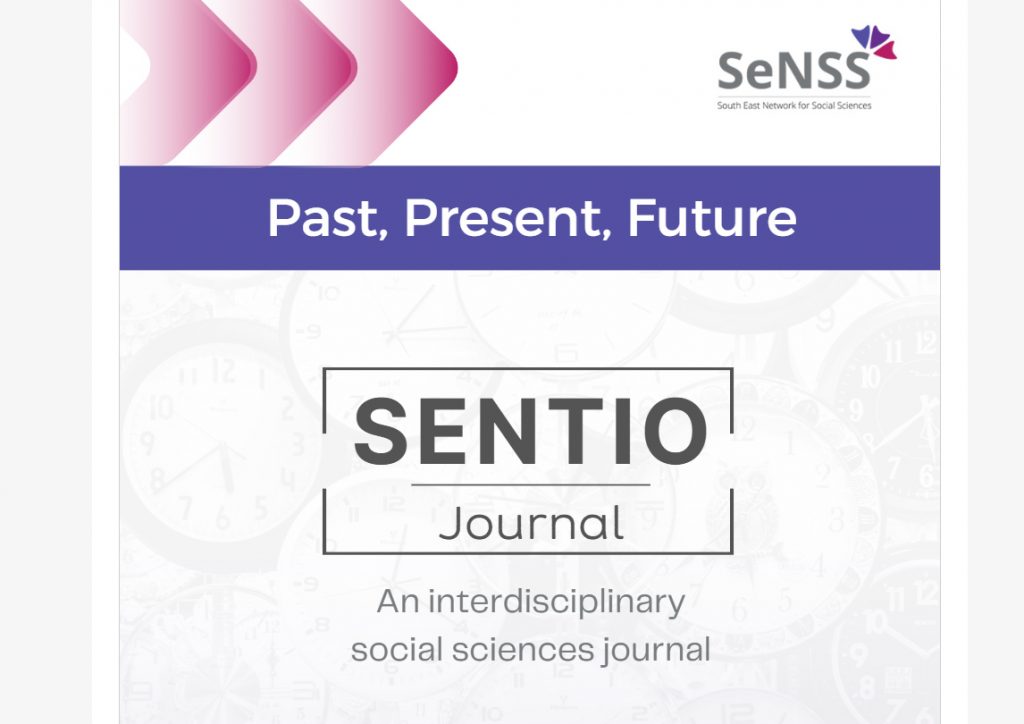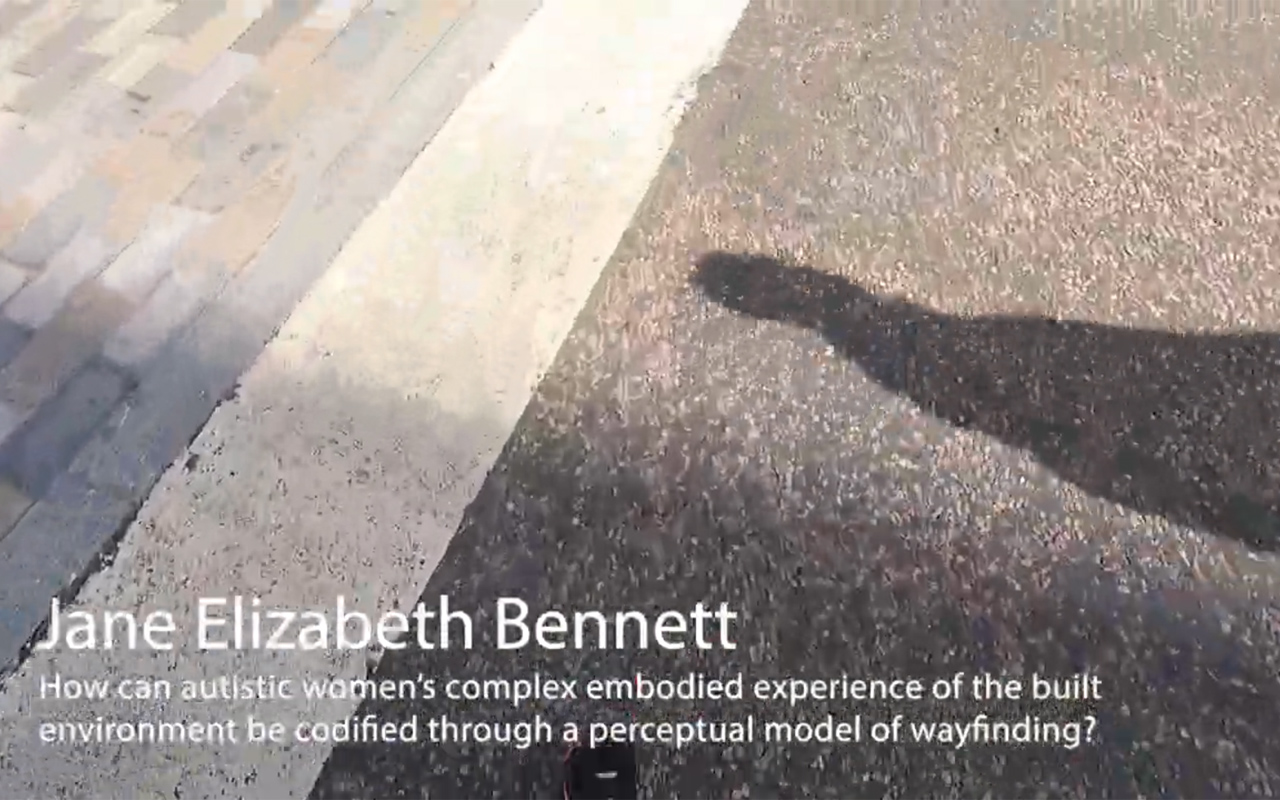In June, I had the opportunity to travel to Bahçeşehir University, Istanbul, to take part in the International Visual Methods Conference 9, Visual Bridges: Connecting Perspectives. A conference specifically exploring visual research methods within the social sciences. Hosted at the heart of this expansive, multi-layered city, the event brought together scholars, artists, and practitioners who are each, in their own way, seeking to visualise the complexities of place, identity, and sensory experience.
Presenting My Research: The Power of Visual Methodologies
I was lucky enough to be invited to present my (still developing) methodology chapter which is central to my doctoral research. Through my presentation I explored the importance of employing visual methods with autistic women, facilitating language routed in movement.
Creative methods, specifically drawing, photography, and filmmaking, offer significant value, as they promote exploration rather than explanation. These approaches enable the expression of embodied and sensory knowledge, which is often overlooked in conventional research practice. I spoke about stratified drawing and layered cartographies as methodological tools that allow participants to express and reflect on their experiences beyond verbal or textual narration. I believe these methods are particularly effective when employed in sites that invite opportunities for active engagement.
It was energising to share my approach with an audience who not only understood the value of visual knowledge, but who are also actively pushing its boundaries. What stood out most was how the room resonated with the idea that creative methods are not just illustrative, but investigative, a way of thinking, noticing, and being in the world.
Read more: “Visual Bridges: Connecting Perspectives” / “Görsel Köprüler: Perspektifleri Birleştirmek” Continue reading ““Visual Bridges: Connecting Perspectives” / “Görsel Köprüler: Perspektifleri Birleştirmek””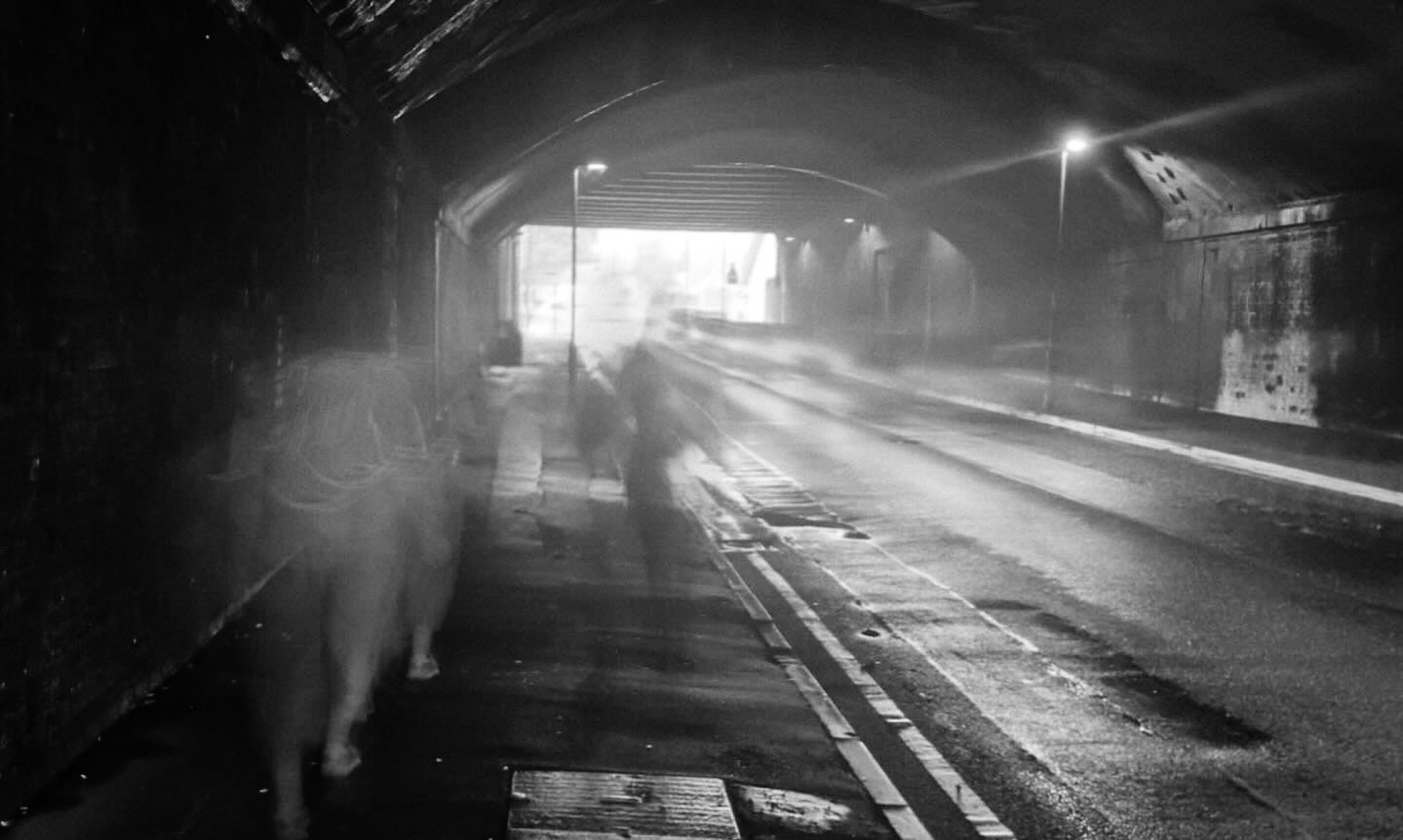
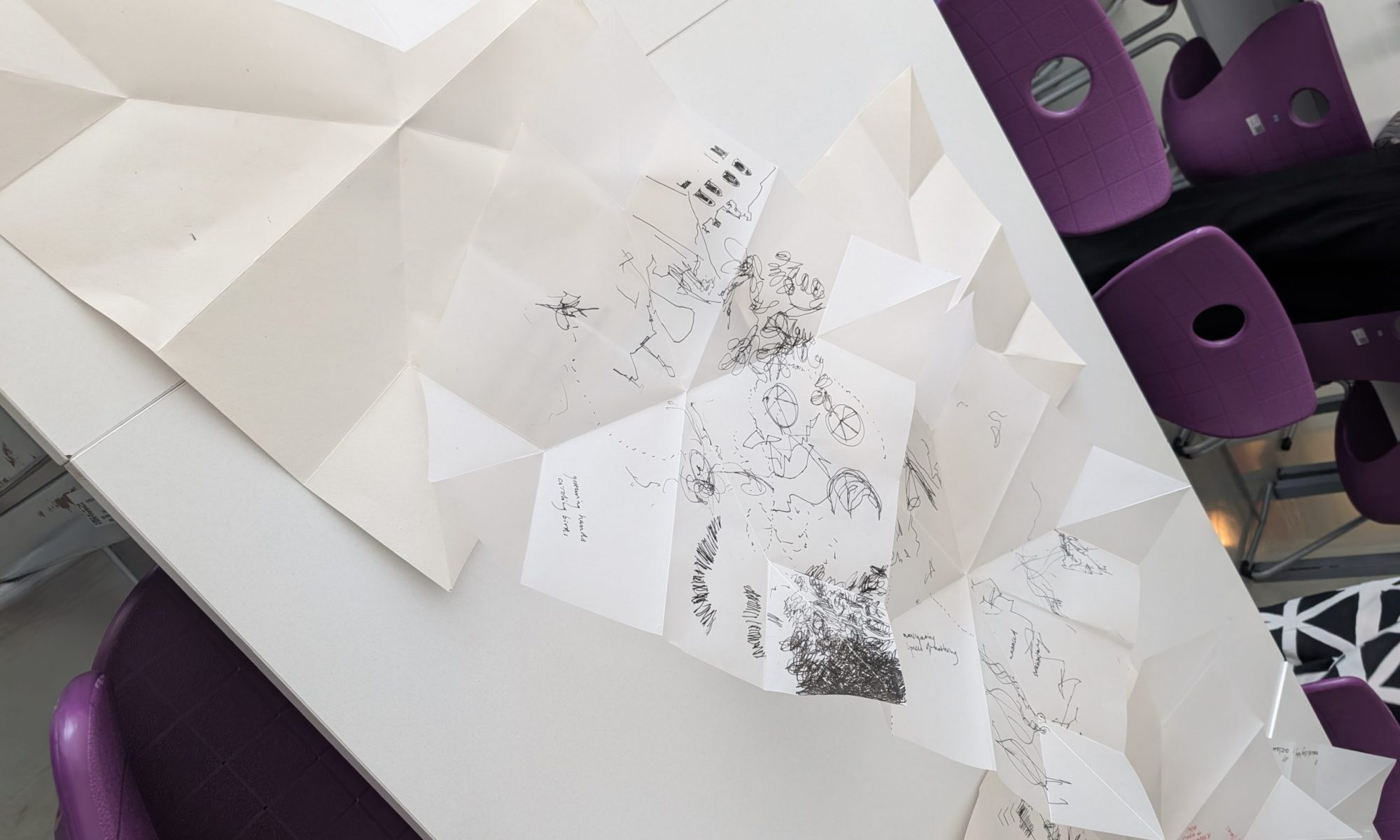
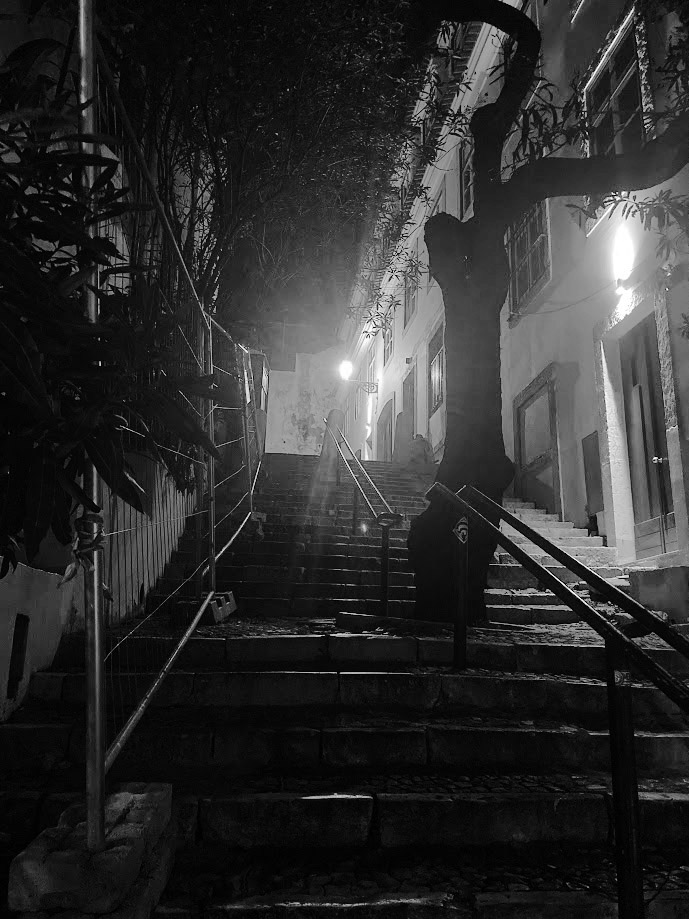
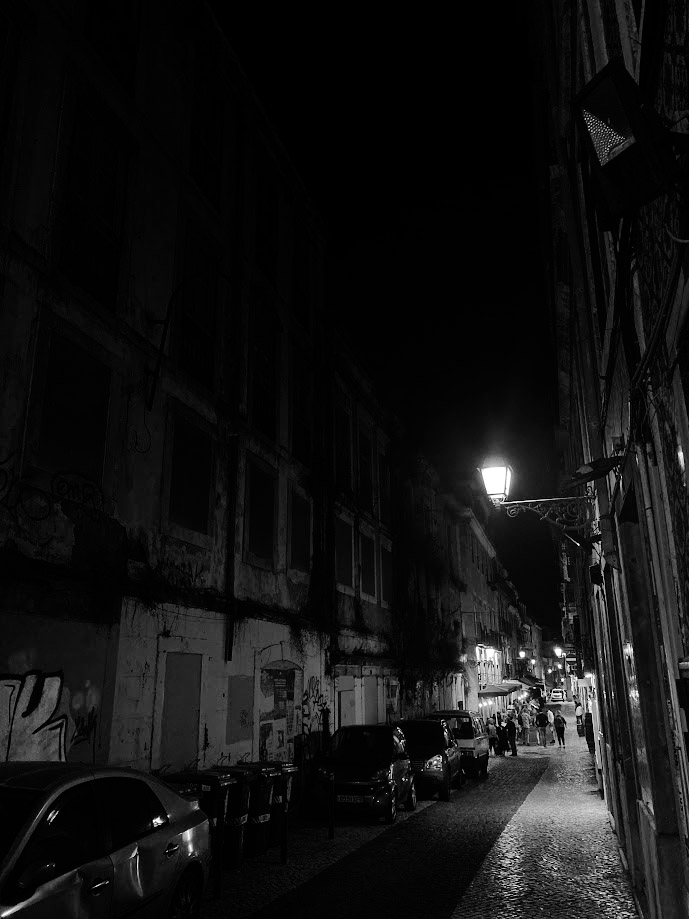

 Ambience 2024, Bridge
Ambience 2024, Bridge
